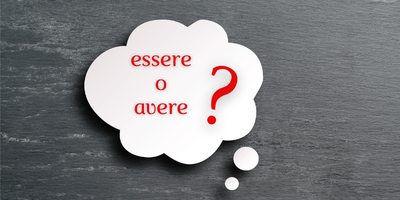Italian Auxiliary Verbs

In Italian, the verbs essere (to be) and avere (to have) are called auxiliary verbs because they have the function of “helping” the other verbs to form compound tenses. The verb avere to have means to possess. Emma ha una maglietta verde. The verb essere (to be) means to stay or exist. Emma è a scuola. Qui c’è una palestra […]
Read more



